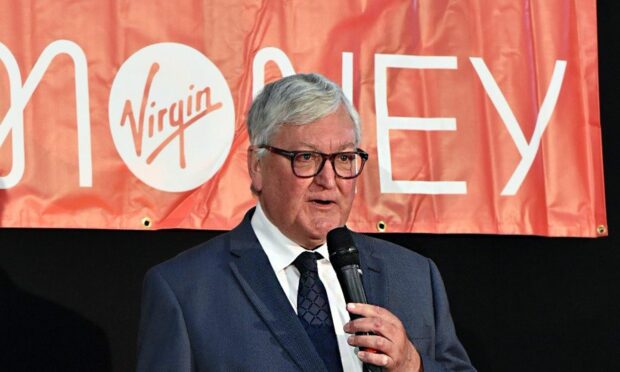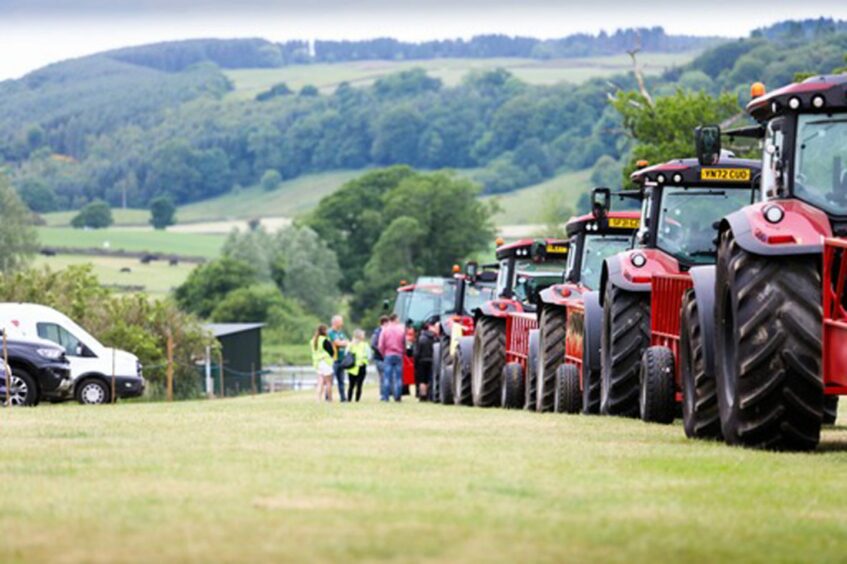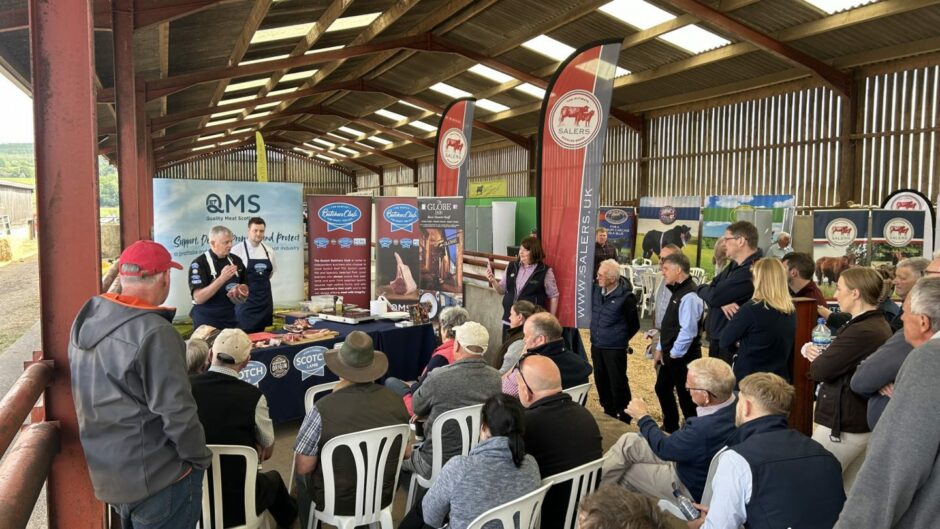Fergus Ewing, former cabinet secretary for rural economy, opened Scotland’s Beef Event to a packed audience at Dalswinton Estate, Dumfries, yesterday, stating the case for direct support for agriculture in Scotland.
The event, hosted by estate owner Peter Landale, attracted in the region of 2,500 visitors, along with 80 trade stands and 18 breed societies.
Mr Ewing pointed out that his approach when he was cabinet secretary was to listen to farmers and produce a series of plans, one of which was the Suckler Beef Climate Scheme, where he claimed the ideas are as relevant today as they were then.
He said: “This should be the basis of how we support the beef sector. The Scottish government was successful in winning back £160 million convergence money from the UK government, but alongside that there is the Bew money which I believe should be used in substantial part to support the continued success of the beef sector.
“Beef suckler cow numbers have dropped dramatically from 520,000 in 2000 to 419,000 in 2019 and still falling. We must stem the loss of numbers because we need a critical mass to support the whole supply chain. Therefore we must not go down the route of countries like the Netherlands, where we see this absurd policy of the mandatory cull of the beef herd; in that path lies ruin. What we must do is support the farming industry as a whole, but the backbone is the beef sector.”
Mr Ewing said he understood the frustration of Scottish farmers concerned about the lack of clarity on post 2025 funding. He said, “I feel the prime objective should be to maintain quality food production in a sustainable fashion through direct support. We cannot take food security for granted, the Ukraine war has shown us that. We should appreciate what farmers do; many farmers are feeling beleaguered due to vegan campaigns, universities having no meat days and so on. It is ludicrous; meat should be part of healthy, balanced diet and the silent majority agree.”
Asked what has happened to the Bew money, Mr Ewing explained that it has been lent to another department to plug a hole, but he said we need to get it back and spend it on farmers. Beef farming accounts for 26% of Scottish agriculture output, which is far more significant than England or the EU and it needs money spent on it. He went on to say that although the arable sector is by and large more profitable he believes the case for gene editing is overwhelmingly strong and needs a short, sharp debate. He said, “In my view we should embrace the advances of science, not take a green luddite approach which is to reject the potential enormous benefits of gene editing .”
He went on to say there was no place for the urban-centric green party in the Scottish government and the green tail was wagging the big yellow dog. An example of this is authorising Asulox for the control of bracken. Mr Ewing has been working hard to ensure it continues to be authorised as it is the only effective control of this invasive species and nothing has changed since last year.
He said, “Bracken does untold damage to habitats and nature, and is also a serious risk to public health as it is scientifically proven that it harbours more ticks and more ticks infected with disease such as Lymes. It is absolutely essential this is authorised soon and even if the HSE recommends against authorisation, each country can still go ahead with authorisation, my expectation is the UK government will authorise Asulox and if Scotland does not it will be an absolute outrage.”
Mr Ewing has obviously had Scottish agriculture at the forefront of his mind on the back benches as he also said he believes that every assistance should be given to farmers who wish to diversify and one way to do this would be to further liberalise planning permission to allow farmers to use their
own land to best advantage. Not every farmer would take up this opportunity but I think that the sleeping capital held in the farming community could be put together to build houses and simultaneously help solve the rural housing shortage. Another way to allow them to diversify would be to dust-off the Agriculture Business Development Scheme. He said, “The farm income statistics show that farms which have already diversified have an income 50% more than average.”


